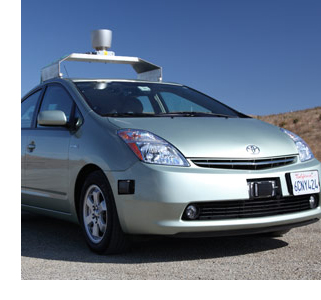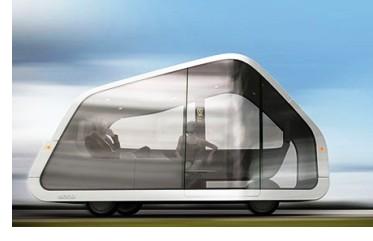 Internet giant Google has integrated search engine technology with hybrid engine technology to produce a Toyota Prius that is able to drive itself.
Internet giant Google has integrated search engine technology with hybrid engine technology to produce a Toyota Prius that is able to drive itself.
The fully-functioning prototype uses data from Google maps, an array of cameras on the car’s bodywork and a roof-mounted laser scanner to negotiate any road conditions.
The autonomous Google cars are not designed to replace the need for a driver, but have safely driven themselves over 100,000 miles.
A spokesperson for the Environmental Transport Association (ETA) said: “The shift from a driving infrastructure to a riding infrastructure will have significant environmental benefits for society.”
How soon before all cars drive themselves?
 Google may not have any intention of bringing their autonomous car to market, but driverless cars are not only technologically possible but inevitable. The technology demonstrated by Google marks a significant development over the driver aids already fiited to cars such as Volvo’s Collision Warning with Full Auto Brake system and has proved itself in real-world conditions.
Google may not have any intention of bringing their autonomous car to market, but driverless cars are not only technologically possible but inevitable. The technology demonstrated by Google marks a significant development over the driver aids already fiited to cars such as Volvo’s Collision Warning with Full Auto Brake system and has proved itself in real-world conditions.
Any resistance to autonomous cars that reduce the ‘driver experience’ may be overcome by the features that these vehicles will potentially include.
Google phone design company, Mike and Maaike recently unveiled its vision of personal transport in 2040.
The fully-autonomous electric concept car is unencumbered by a large engine; batteries underneath the seating and floor are boosted by solar panels on the roof and hub-mounted motors. Codenamed ‘atnmbl’, the design is smaller than the average saloon and yet features a wrap-around seven-seat sofa, table and television.
0 Comments View now